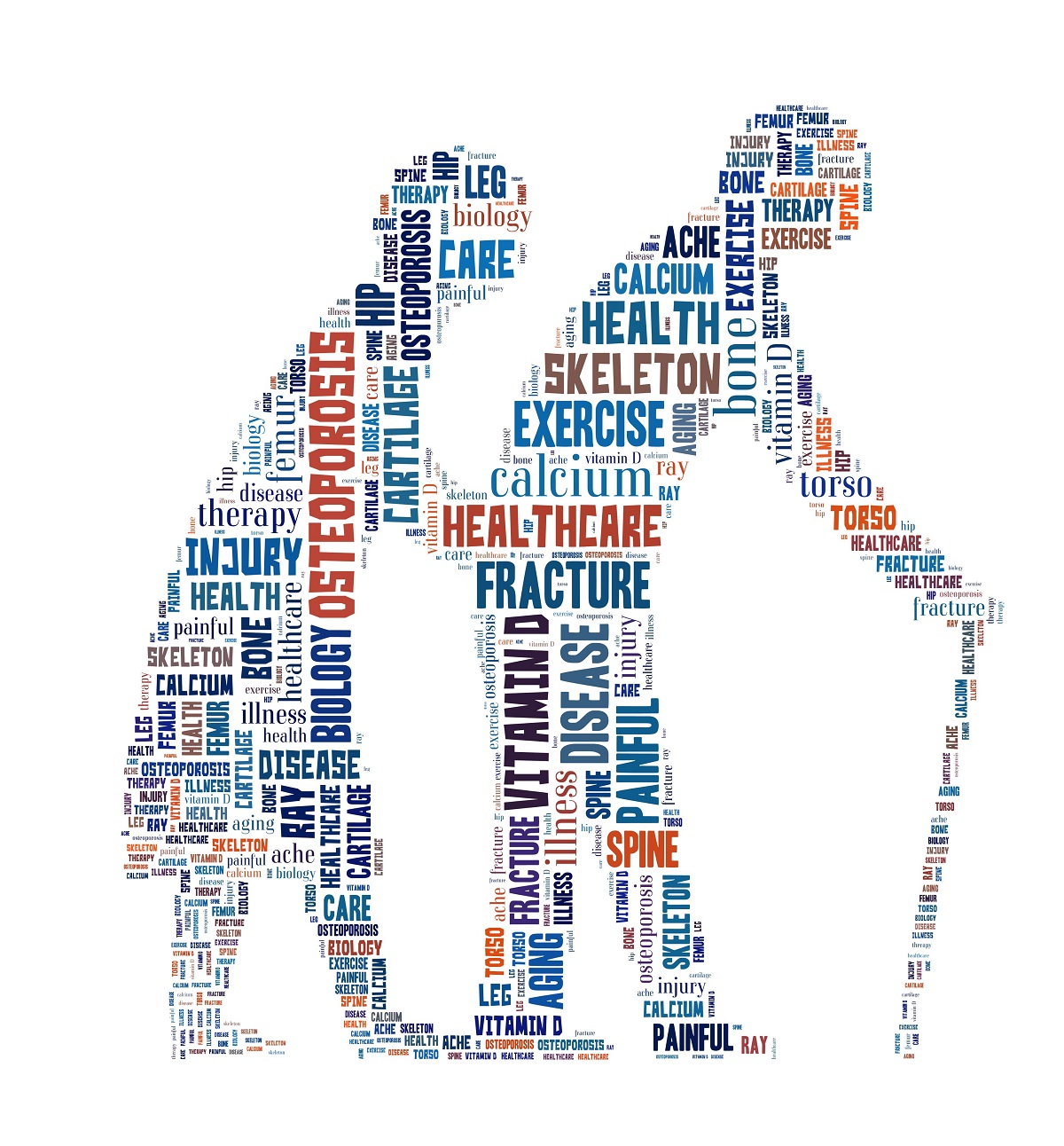As people age, they lose bone mass, which weakens the bones and makes them susceptible to breaks and fractures. Fortunately, seniors can slow bone loss and make their bones stronger their joints more flexible, and their balance better with proper. exercise diet, and lifestyle.
The bones begin losing calcium and other minerals as people grow older. With this, the tiny holes inside the bones will get wider, and the solid outer layer will thin. This leaves a senior at risk of breaking bones, but fortunately, there are ways to lessen the risk.
Why Do People Lose Bone Mass As They Age?
Most people do not realize that throughout their lives, the body resorbs old bone and creates new bone. Every 10 years, the skeleton is replaced with new bone, which keeps bones strong and healthy. The process of bone growth and replacement slows with age, and eventually bone loss occurs when old bone is reabsorbed at a greater rate than the body creates new bone.
Osteoporosis is a common disease that involves the weakening and thinning of bones. As bones become less dense, they become more fragile and prone to breaking or what we know as fractures. About 14.1 million adults aged 50 years and above suffer from this disease in the United States.
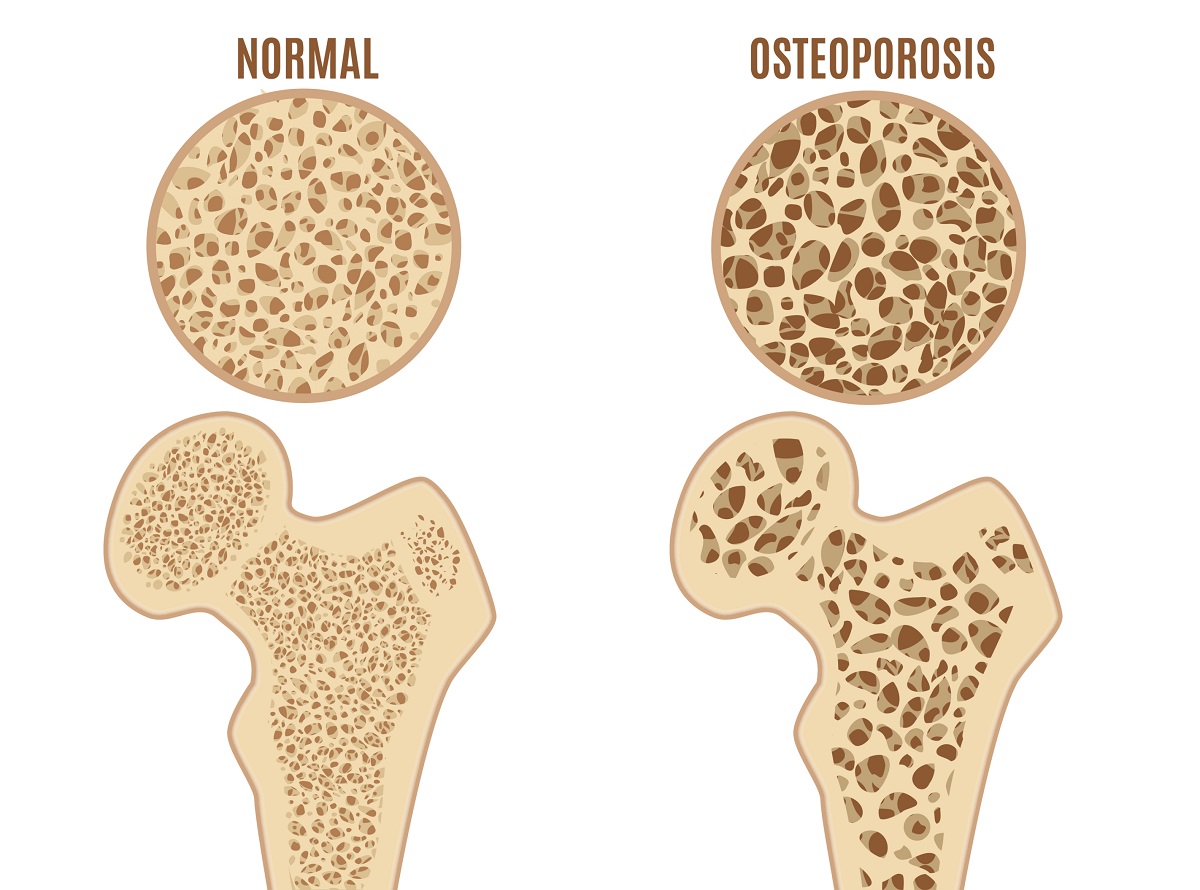
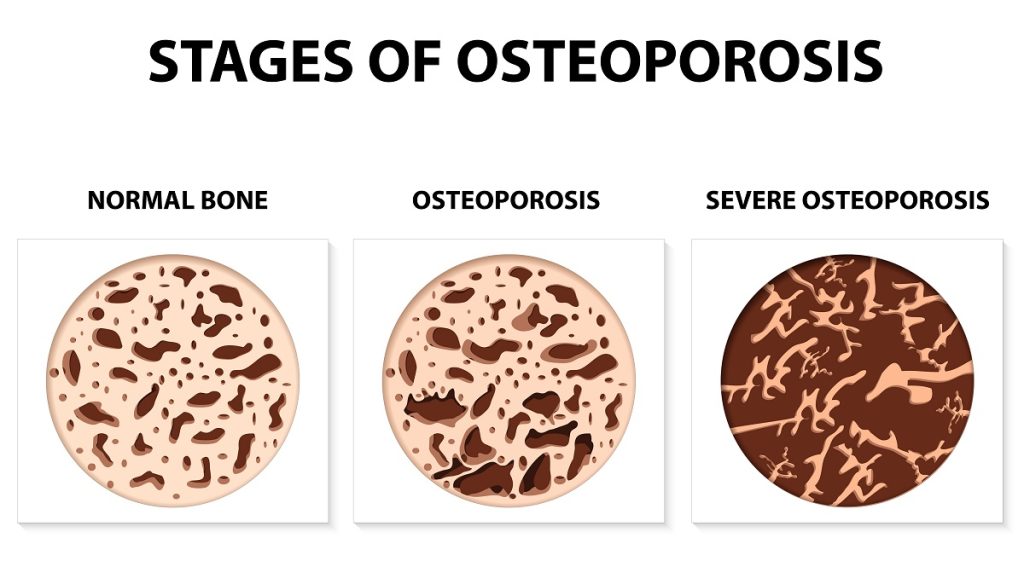
Is Osteoporosis A Given With Old Age?
Osteoporosis can happen at any age. However, the risk increases as people get older.
Research shows that the low bone mass prevalence among older adults aged 65 years and above was 47.5% — a figure higher than those aged 50 to 64. which is 39.3%. Across age groups, the prevalence was consistently higher among women (especially those in or after their menopause period).
Dangers To Senior Bones
Having a lower bone density increases seniors’ risk of fractures. As osteoporosis is considered a silent disease, it typically doesn’t get diagnosed until a fracture has already happened and the person has undergone an x-ray and other imaging tests.
Apart from bone breakage, deteriorating bone health also makes a person more prone to falls and fall-related injuries.
These are factors that affect bone health:
- Low calcium diet
- Lack of physical activity
- Consumption of tobacco and alcohol
- Having a low body mass or small body frame
- High thyroid hormone level
- Having eating disorders
- Certain medications
While some people inherit the tendency to have weak bones, lifestyle plays a part too.
Can Senior Bones Be Strengthened With Exercise?
The long list of the benefits of exercise includes better bone health. Exercising when you’re younger can help you strengthen your bones; staying physically active when you’re older helps preserve that strength.
Here are some must-know tips.
1. Discuss Things With Your Physician
They will give you a proper evaluation of your bone density and risk for osteoporosis and osteoarthritis. They will also provide guidance when it comes to exercises you should avoid.
2. Opt For Low-Impact Exercise
Low-impact activity (e.g., swimming, walking) will put less stress on your joints.
3. Enroll In An Exercise Program
Choose a program specifically designed for bone protection. According to experts, you must perform half-hour weight-bearing activities at least four days a week.
4. Choose Something That You Enjoy
Doing something you enjoy will help you keep motivated. Consistency is key to achieving optimal bone health.
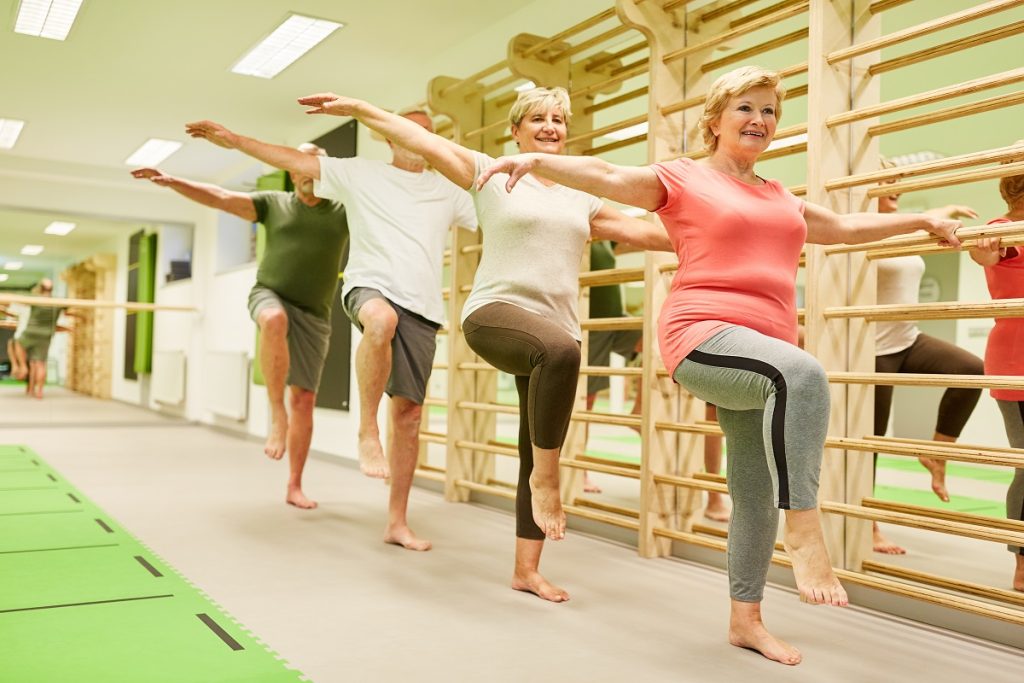
5. Incorporate Balance And Flexibility Exercises
You should include stretching and balance training in your regimen to strengthen your bones and muscles further and help you prevent falls.
6. Know Your Limits
Everyone has different physical and mental capabilities. Don’t push yourself too hard, and know when to take a break. Proper rest is an integral part of having an active lifestyle.
7. Observe Proper Posture
Even when you’re only sitting, standing, or walking, it pays to maintain an upright posture to lessen the stress on your joints.
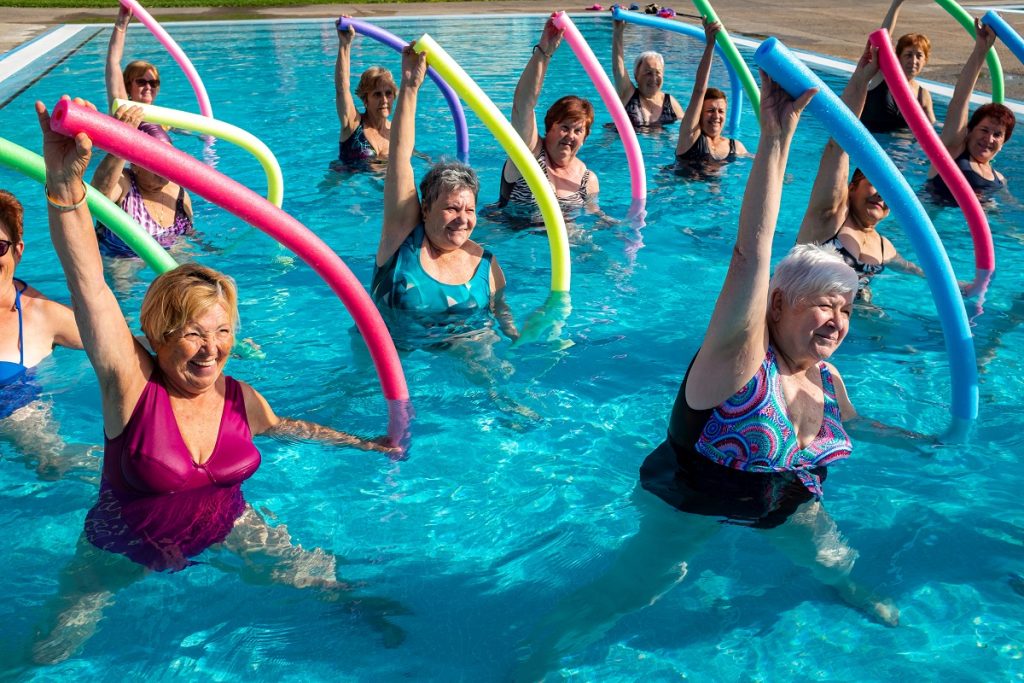
What Kind Of Exercise Is Best?
Both younger and older adults are encouraged to do aerobic weight-bearing exercises and strength training. These are the best types of physical activity that help prevent bone loss and fragility.
1. Brisk Walking
Walking is the simplest form of exercise that anyone can do. Doing it at a faster pace is a great aerobic activity that can boost your bone health.
2. Dancing
If you’re looking for a more heart-pumping exercise, dancing is an activity you can try. Whether it’s tango, rhumba, or salsa, you and your exercise buddies will find it enjoyable.
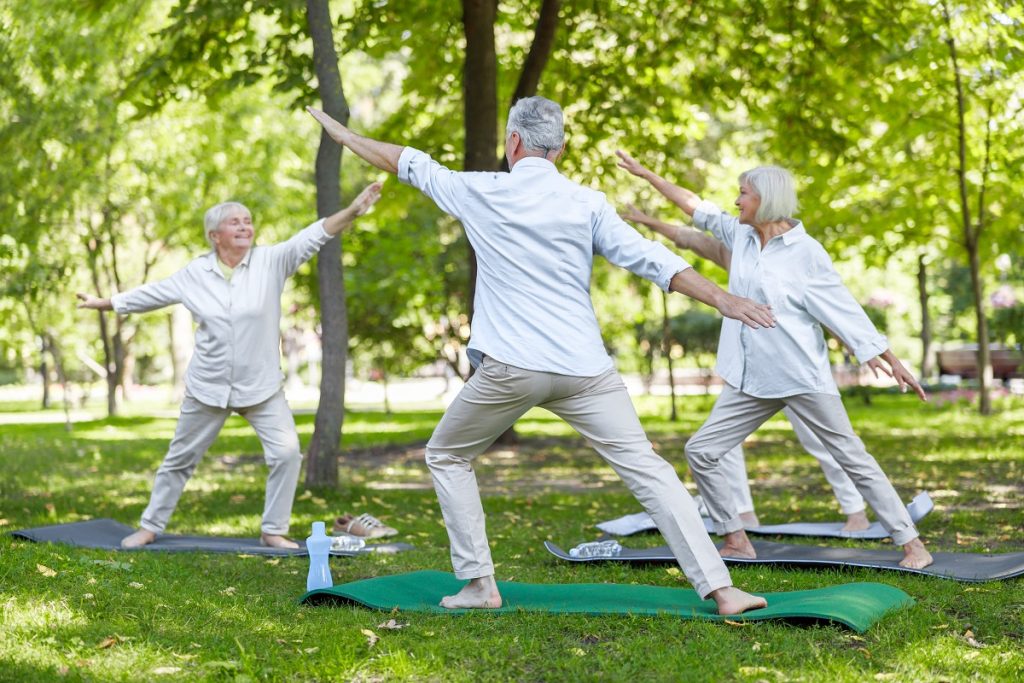
3. Tai Chi
This exercise entails doing slow yet delicate movements. According to a study, women of post-menopausal age who did 45 minutes of this activity per day have a 3.5 slower rate of bone loss.
4. Yoga
Yoga is an activity that requires you to move and use different bone and muscle groups in your body. Doing it regularly can promote bone health, especially on your spine, wrists, and hips.
5. Weightlifting
Weightlifting is a form of resistance training that involves the use of weight machines or free weights. It promotes bone stimulation and can be modified to match your fitness level and objectives.
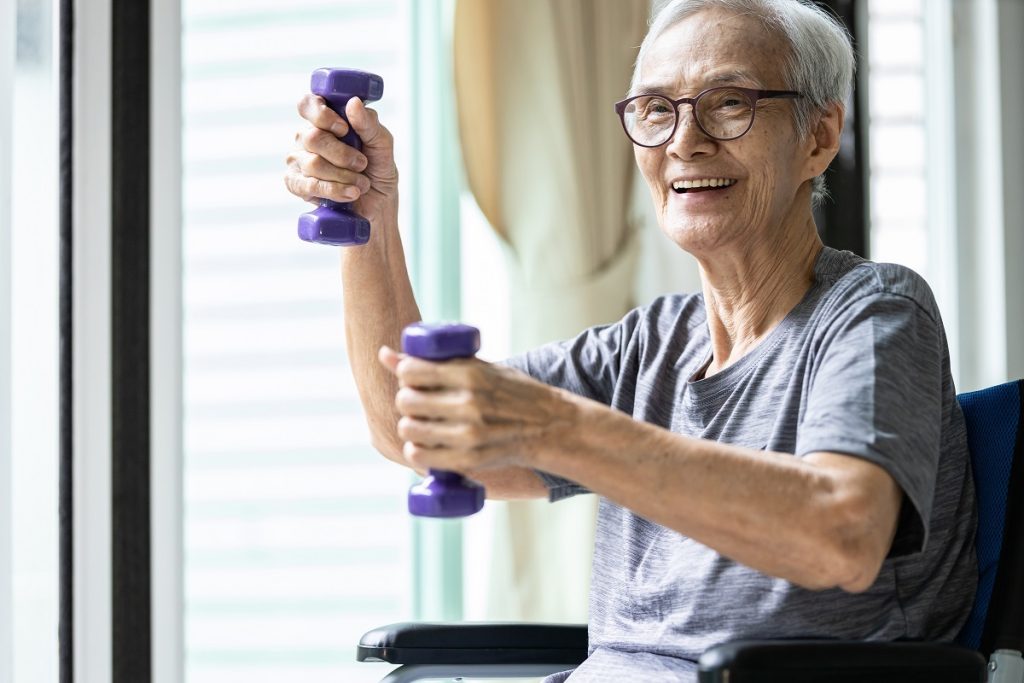
How Does Exercise Help Joints And Balance?
Bones and muscles are living tissues — they get stronger through regular exercise. When you maintain being physically active, you can make your joints (or the area where two bones meet) more flexible and less prone to pain and inflammation.
By strengthening your muscular and skeletal systems, you can have a better foundation to keep yourself upright and improve your balance. With around 3 million older people receiving emergency treatments for fall injuries, exercising proves to be an effective fall prevention measure.
Are There Exercises That A Less Mobile Senior Can Do?
Exercises are available for older family members and loved ones with limited mobility to boost bone strength and overall wellness.
They can perform strength training and flexibility exercises involving mobile body parts. For instance, they can focus on upper body exercises such as lifting weights and arm stretching if they have a leg injury.
Water exercises are also ideal because the aquatic environment will help them move their body better. Activities like aqua walking and jogging can also reduce strain on joints and muscles.
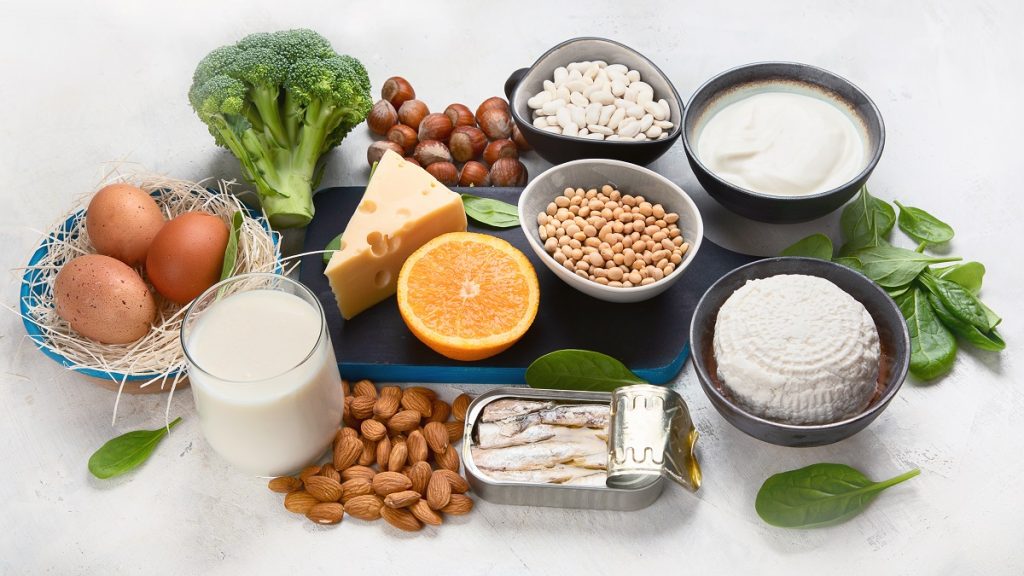
What Vitamins Help Senior Bones?
The US Department of Health and Human Services emphasizes that staying active is one way to achieve healthy aging. For best results, you should pair activity with a proper diet.
When consuming food, ensure that they contain good-for-the-bone minerals (e.g., calcium, magnesium, and potassium) — and the following vitamins:
1. Vitamin B12
This B vitamin is considered vital in maintaining bone mineral density. In older women, low levels of Vitamin B12 can increase their risk of rapid bone loss.
2. Vitamin C
Research shows that Vitamin C helps stimulate bone formation. Women of post-menopausal age are also encouraged to take oral Vitamin C supplements to protect them against loss of bone mass.
3. Vitamin D
Vitamin D plays a critical role in calcium absorption in the body. Calcium is a mineral that promotes the growth of bone tissue.
4. Vitamin E
Considered “the unsung hero of optimal bone health,” this fat-soluble vitamin helps preserve bone mass while having beneficial antioxidant properties at the same time.
5. Vitamin K
This vitamin helps strengthen bones by binding calcium — and other essential minerals — to the bone. Low Vitamin K levels can make one more prone to bone fractures.
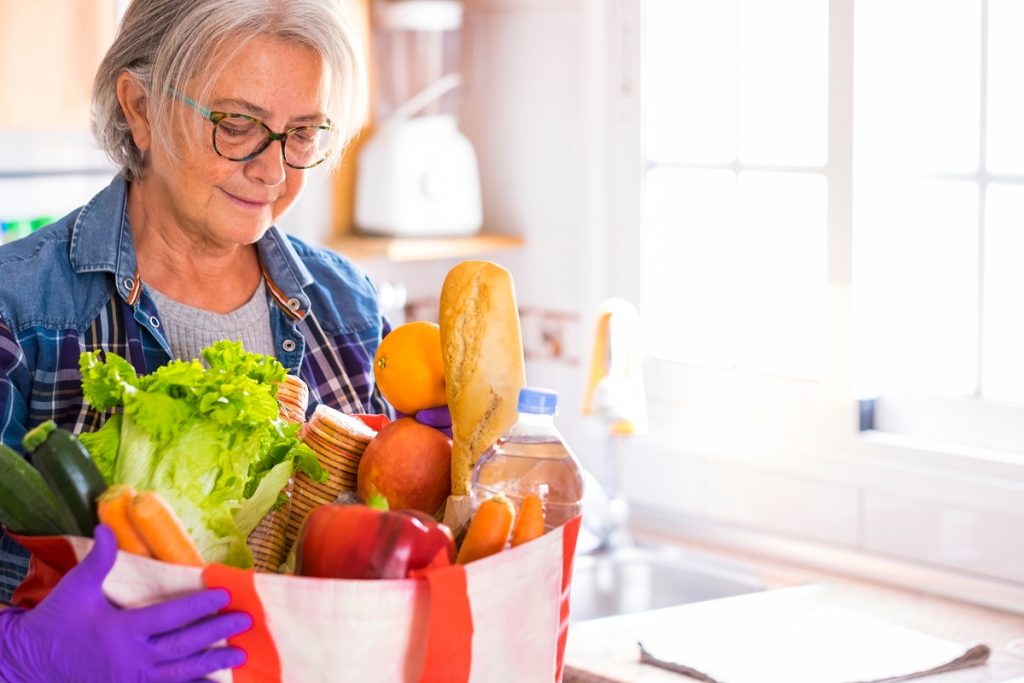
What Kind Of Diet Promotes The Health Of Bones And Joints
You need to be mindful of your calcium and vitamin D intake to preserve your bone strength and slow down the loss of bone mass and density.
From 19 to 50 years old, you must take 1,000 mg of calcium per day. It stays the same if you’re a male in the 51-70 age group; if you’re a female, it increases to 1,200. For vitamin D, the recommended amount is 600 IU until you’re 70 years old; 800 IU beyond that age.
For strong bones, you need to consume foods with these two (and the other vitamins mentioned above). These include:
- Low-fat/non-fat milk, yogurt, and cheese
- Milk alternatives (e.g., soy, almond, and hemp milk)
- Salmon, sardines, mackerel, and tuna
- Egg yolks
- Dark, leafy greens and vegetables (e.g., kale, spinach, broccoli)
- Red and green peppers
- Oranges, strawberries, grapefruits, and pineapples
Getting 10 to 15 minutes of sunshine daily can help you meet your Vitamin D needs. Before taking any supplements, consult your dietician or health care provider first to avoid excessive intake.
Hoes Does Diet Impact Bones And Joints?
Observing a balanced diet is essential to having healthy bones throughout your life.
According to research, a low calcium intake significantly increases one’s risk for osteoporosis. So is the lack of Vitamin D. This study shows that the prevalence of this vitamin deficiency among the subjects with osteoporosis was 44.7%.
Cutting down on sugar and alcohol consumption can also reduce joint pain.
You can also maintain your ideal weight with a proper diet and diligent exercise. By avoiding obesity, you also decrease the strain on your weight-bearing joints.

